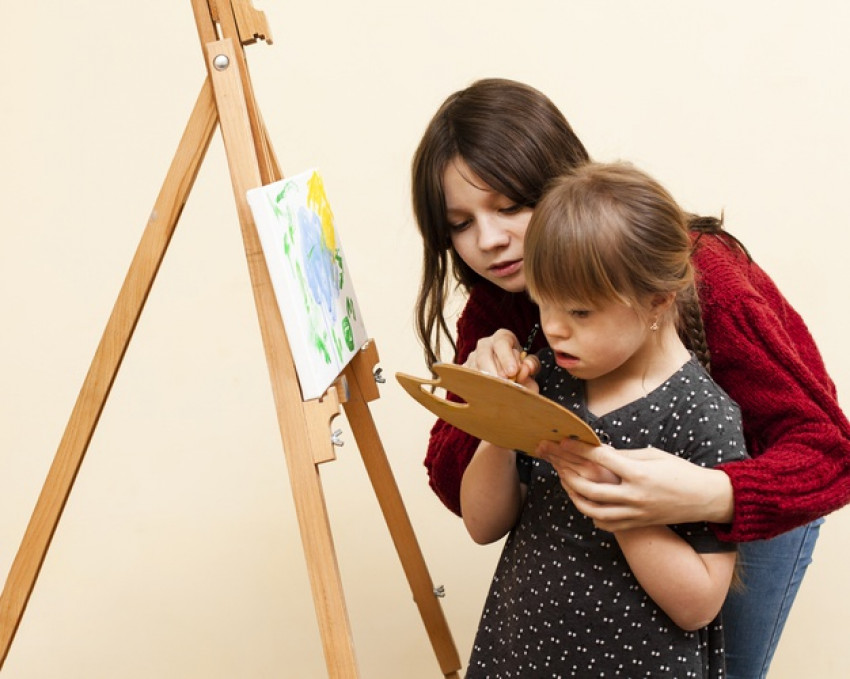
In recent years, India's official papers have placed a greater emphasis on disability, notably in connection to education. The two main centrally-funded programmes, the Sarva Shiksha Abhiyan (SSA) and the Rashtriya Madhyamic Shiksha Abhiyan (RMSA), emphasise inclusive education as a key technique of universalising primary and secondary education.
Some kids in developing countries like India confront greater challenges to a school than others: Kids from poor families or who live in distant locations, kids from ethnic minorities, and girls.
Kids with disabilities confront all of these challenges and more, especially if they have a combination of them. Therefore, a school for disability in kids is a must in every part of the country.
An Unnoticed Throng
According to UNICEF, 90% of disabled kids in underdeveloped countries do not attend school. That's 9 out of 10 kids!
According to the World Report on Disability, one billion people worldwide live with a disability, with 10% being kids.
Kids with disabilities are frequently disregarded in humanitarian efforts, and they become even more ostracised as resources become scarce during a crisis.
But in some countries like India, many NGOs, such as Anchal Charitable Trust, are working whole-heartedly for kids welfare in Delhi NCR.
What Are Disabled Kids?
The term "disability" refers to a wide range of conditions, ranging from modest impairments such as impaired eyesight or hearing to severe impairments such as inability to move or brain dysfunctions.
There are three major groups:
1. Kids with disabilities who are not enrolled in school but cannot participate if schools do not provide the information, skills and equipment to meet their unique requirements. A school without a ramp for a student who uses a wheelchair or a classroom without braille books for a blind student are both examples of this.
2. Kids with disabilities who are enrolled in school but are unable to learn because the curriculum has not been tailored to their needs, teachers lack the competence or time to make the necessary changes, and/or lack access to assistive technologies. Kids with weak vision, for example, are unable to learn because they are unable to see what the teacher is saying.
3. Kids with significant disabilities, whether in or out of school, who require specific support. This group is relatively tiny, accounting for about 2% to 3% of all disabled kids. A kid with various disabilities (such as deafness and muteness) or with a severe mental disability that necessitates a different type of learning can be an example.
All Kids Have the Right to Education
Education is one of the most effective strategies to help kids with disabilities overcome the cycle of discrimination and poverty. Kids with disabilities, on the other hand, are less likely to start school and, if they do, are less likely to go to secondary school.
Hence, at Anchal Charitable Trust, we make sure to leave no stone unturned to provide quality education to disabled kids. We have collaborated with quite a few schools that provide full-fledged infrastructure and education required by a disabled kid.


